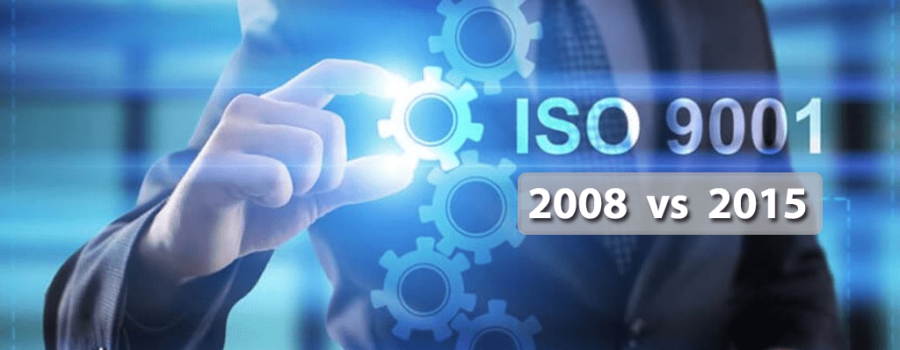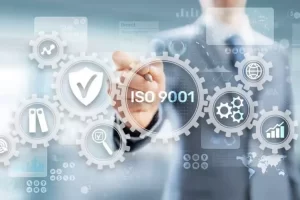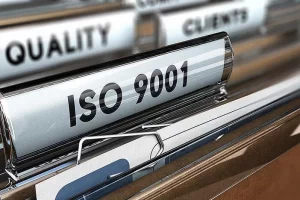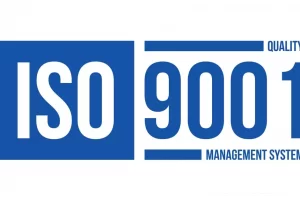Introduction to Quality Management System:
Since the uprising and continual growth of industrial operations, the need for quality has also come into play, birthing the Quality Management System. Quality Management Systems helps businesses ensure that their products and services meet the customers’ expectations, every time.
An overview of ISO 9001:2008
ISO 9001:2008 is a quality management system standard, first published in 1987 by ISO. It determines the requirements for a quality management system where an organization needs to establish its ability to frequently provide products that meet customer satisfaction through an adequate application of the system.
An overview of ISO 9001:2015
ISO has reorganized the world’s leading Quality Management System (QMS), ISO 9001:2018 to ISO 9001:2015. ISO 9001:2015 adds to the development, manufacturing, and delivery of products and services that are more efficient, intact, and uncomplicated. The prerequisites set in ISO 9001:2015 are universal, flexible, and appropriate to all types of organizations.
Difference Between ISO 9001 Version 2008 and 2015
ISO 9001 has been revised from 2008 to 2015 to meet the requirements of the changing business environment and to assure that the standard is applicable to the current needs of the market. Here are some major differences between the old ISO 9001:2008 standard and the new ISO 9001:2015 standard. Please refer to table no. 1
Table no 1: Difference between ISO 9001:2008 and ISO 9001:2015
ISO 9001:2008 |
ISO 9001:2015 |
|
| Structure | Eight clauses | Ten clauses; rearrangement of clause order and content to better coordinate with other standards. |
| Context of the Organization | No requirements | An organization must direct, monitor, and analyze internal and external problems as well as admissible interested parties and their requirements. |
| Documented Information | Six compulsory procedures | Report the QMS scope, objectives, policy, and any process the organization needs to be documented. |
| Risk-Based Thinking | Precautionary actions | Organizations must take action to locate risks and opportunities. |
| Exclusions and Requirements | Excluding a standard requirement was determined to produce awareness. | Any requirements that cannot be enforced may be excluded as long as it is confirmed. |
| Objects, Outputs, Products, and Services | Process-based only. | The process model is developed to include anything that influences quality. |
| Terminology |
|
|
Advantages of ISO 9001:2015 Standard
The ISO 9000 family of quality management standards is described to help organizations meet customer and stakeholder requirements while addressing legal and managerial requirements. There have been some changes made from ISO 9001:2008 to ISO 9001:2015 which we have discussed above, these changes target management processes and develop performance achievement. There are the following advantages which ISO offers ISO 9001:2015 over the 2008 version, let’s have a look:
-
- Establish greater significance on leadership engagement.
- Address organizational risk and opportunities in an organized manner.
- Easy integration of management systems.
- Recognizing Business opportunities.
- Increase customer satisfaction through a process of continual development.
Conclusion on the difference between ISO 9001 version 2008 and 2015:
ISO 9001:2008 mainly focuses on products but ISO 9001:2015 focuses on both products and services. Many organizations that implemented ISO 9001:2008 to 2015 standards but don’t know how to maintain them, need ISO 9001:2015 Lead auditor. The job of ISO 9001:2015 lead auditor is to identify the gaps that need to be improved and to ensure customer satisfaction by meeting their requirements. To become an ISO 9001:2015 lead auditor you have to undergo a 40hrs training program. 3FOLD Training is an approved training partner of CQI IRCA. Join our ISO 9001:2015 Quality Management System Lead Auditor program to gain the skills and knowledge required to plan and conduct 1st party, 2nd party, 3rd party audits.
Interested to know more feel free to reach us through the enquiry form, whatsapp, or email.






2 Comments
Leave your reply.